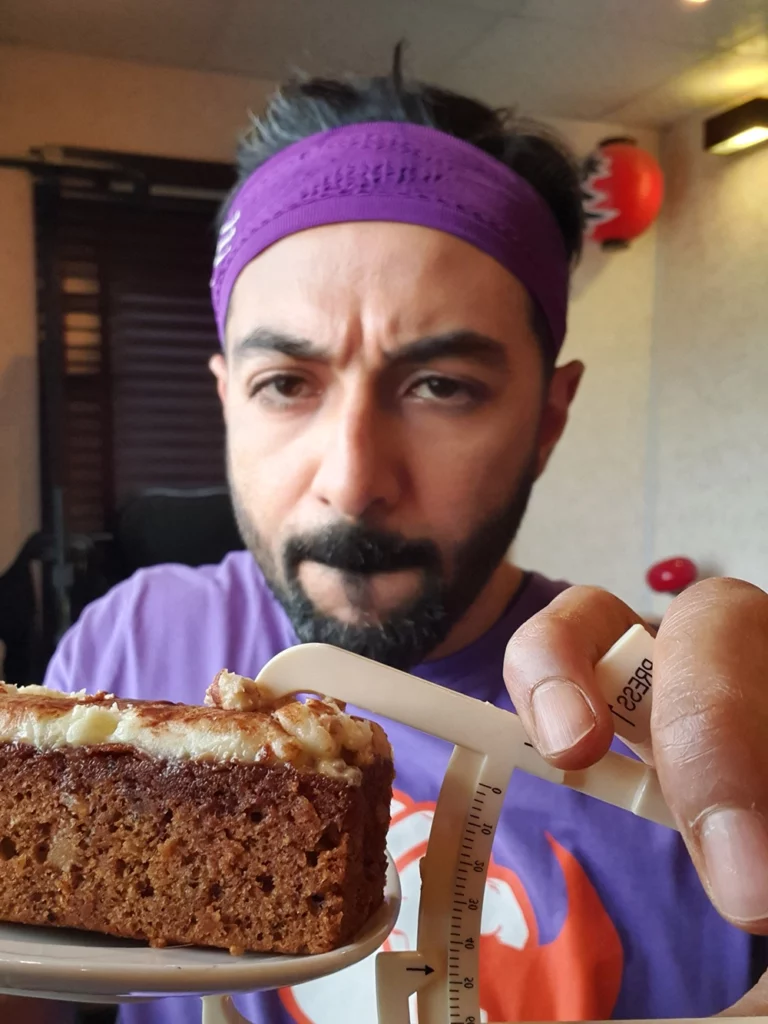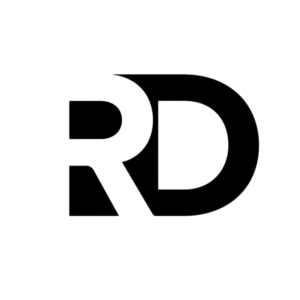
The SECOND COMPONENT of nutrition to understand for sustainable weight loss are your MACRONUTRIENTS or your CARBS, PROTEINS and FATS. Here, I’ll show you how to split those TARGET calories you calculated into these 3 MACRONUTRIENTS, so you know how much of each to consume in order to hit your fat loss goal.
Let’s get after it!
Here’s some basic information to get you started:
1 gram of carb is 4 kcals
1 gram of protein is 4 kcals
1 gram of fat is 9 kcals
We need these values to figure out HOW MANY grams of each we need to hit our goal.
PROTEINS:
Of all the 3 macronutrients, PROTEINS are the most important.
We want to FIX the amount we consume, regardless of whether we’re trying to gain or lose weight. Proteins provide AMINO ACIDS, which are the BUILDING BLOCKS for our muscles. Proteins break down into amino acids in our blood stream, and these amino acids go on to REPAIR and REPLENISH our muscles and provide the environment for muscle PROTEIN SYNTHESIS or muscle GROWTH to occur.
Once you start your diet for your fat loss journey, it is also recommended that you make an effort with RESISTANCE or STRENGTH TRAINING, along with some CARDIO. When you lift weights, protein does two things.
(1) It preserves the existing muscle from degrading
(2) It helps you grow new muscle mass.
The more muscle you save and build, the higher will be your METABOLIC RATE.
This is because muscles are very energy hungry and require more calories to survive for their maintenance. Also, what most people don’t realize is that protein is essential to losing fat. Proteins use more energy during digestion than carbs or fats, which makes it easier to stick to a CALORIE DEFICIT, which is essential to losing weight. Protein also keeps you satisfied longer, which will make overeating less likely over time.
Here’s how to calculate your protein target:
1. Multiply your BODY WEIGHT in KILOGRAMS by 1.75.
Eg: for the 80kg individual,
Protein target = 80 x 1.75 = 140g
Now, we know that 1 g of protein= 4 kcals.
So, 140g of protein = 140 x 4 = 560 kcals, per day.
Protein target is independent of your BODY FAT %.
The major sources of protein can include chicken, fish, eggs, beans, lentils, dairy products like yogurt, cheese, and milk . Supplements may include a quality whey protein, or a plant-based one. These foods should be plenty for you to hit your DAILY protein target.
FATS:
Fats play a major role in our health and metabolism. In fact, they are absolutely vital, and we should never fall below a certain essential fat level. Fats MANUFACTURE most of our hormones and blood cholesterol. Even our main anabolic, muscle building hormone – TESTOSTERONE, is made from cholesterol, which is made from fats. Many vitamins and minerals are fat soluble only, so the body needs adequate dietary fats in order to efficiently absorb them.
Major sources of fats include nuts like peanuts, almonds, walnuts, seeds like pumpkin, hemp, chia, flax. Then we’ve got oils like ghee, butter, olive, avocado, and coconut – that are all great sources. Personally, my advice is to avoid processed vegetable and seed oils like corn and sunflower that have a high omega 6 to omega 3 fatty acid ratio, making them quite INFLAMMATORY. Other foods include egg yolks, dairy like cottage cheese, and fruits like avocado.
To calculate your daily fat target, we still need to consider both scenarios – the higher and lower BODY FAT% body types.

Here’s how to calculate your FAT target:
For the higher BODY FAT % category:
Fat target = Your BODY WEIGHT x 0.7
Eg: for the 80kg individual,
Fat target = 80 x 0.7 = 56g
Now, we know that 1g of fat= 9 kcals.
So, 56g of protein = 56 x 9 = 504 kcals, per day.
Now, for the lower BODY FAT % person
Fat target = Your BODY WEIGHT X 1
Eg: for the 80kg individual,
Fat target = 80 x 1 = 80g
OR
80 x 9 = 720 kcals of fat
CARBOHYDRATES:
For the average person, their carb intake is going to dictate their body’s energy levels through the day. Other than that, carbs are important as a pre-workout to fuel your workouts, and post-training for recovery from those workouts. Most carbs essentially break down into glucose in your bloodstream, which help fuel your training, and fruits break down into fructose (fruit sugar) and are used to fuel workouts as they make up liver glycogen stores.
If you don’t consume carbs before your workouts, your body uses stored glycogen from the liver and muscles as fuel. By ingesting dietary carbs, you are only adding to that fuel source, so that you don’t feel depleted during your workouts. Dietary carbs only help increase intensity of your workouts. But ideally, try and have these carbs at least 1.5-2 hours prior to working out.
Carbs can range from a wide variety of sources – from grains like wheat, rice, oats. Fruits like bananas, kiwis, apples, and starchy vegetables like potatoes and sweet potatoes. These are all the carbs you need to replenish glycogen stores in your liver and muscle, while also providing you with the necessary energy and fuel for your workouts and daily life.
To calculate how many carbs you need to be eating is really simple.
Target calories from Carbs = Total Calorie Target – Target protein calories – target fat calories
Eg: for a 80kg individual, with a higher BODY FAT % person,
Total Calorie Target = 1600 kcal
So target calories for carbs = 1600 – 560 – 504 = 536
To convert this into target grams of carbs/day, divide by 4:
So, 536/4 = 134g of carbs
For a 80kg individual, with a lower BODY FAT % person,
Total Calorie Target = 1600 kcal
So target calories for carbs = 2000 – 560 – 720 = 720
To convert this into target grams of carbs/day, divide by 4:
So, 720/4 = 180g of carbs
Just to summarise, below is a macronutrient breakdown for two 80 kg individuals, one with a higher body fat % and the other with a lower body fat %
As a HIGH BODY FAT % individual @ 80kgs:
Target kcals = 1,600 kcals
Protein = 140g (from 560 kcals)
Fats = 56g (from 504 kcals)
Carbs = 134g (from 536 kcals)
As a LOW BODY FAT % individual @ 80kgs:
Target kcals = 2,000 kcals
Protein = 140g (from 560 kcals)
Fats = 80g (from 720 kcals)
Carbs = 180g (from 720 kcals)
Now that you have your target macronutrient amounts, the next step is to understand meal frequency and meal timings


